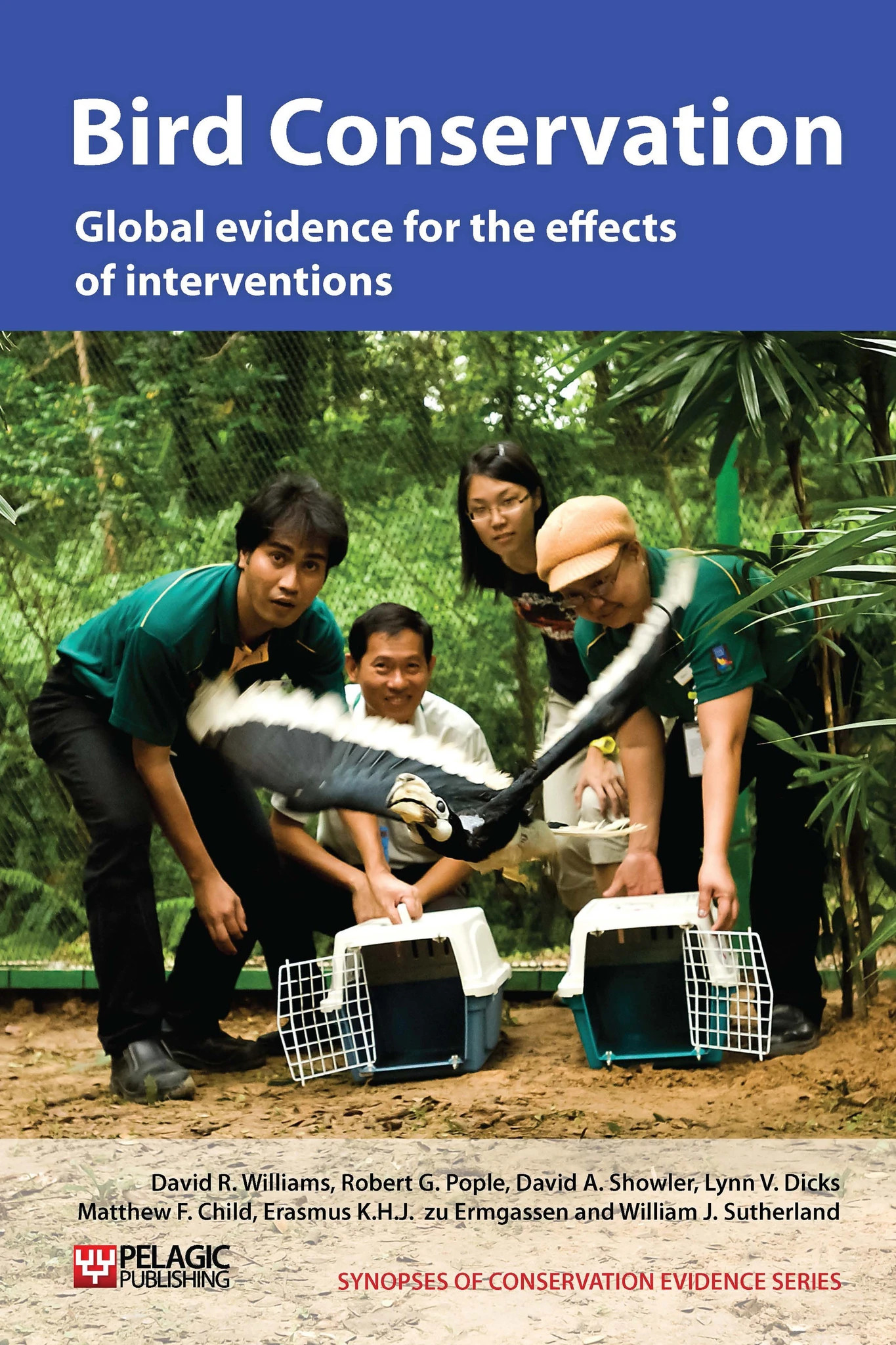Use ring-barking (girdling), cutting or silvicides to produce snags
-
Overall effectiveness category Likely to be beneficial
-
Number of studies: 5
View assessment score
Hide assessment score
How is the evidence assessed?
-
Effectiveness
45% -
Certainty
50% -
Harms
0%
Study locations
Supporting evidence from individual studies
A replicated, controlled study from May-June in 1977-1981 in four plots in pine-hardwood timber clearcuts in Texas, USA (Dickson et al. 1983), found that plots with deadwood snags had higher bird species richness and abundance than plots without snags (5 and 4 species/plot; 166 and 135 individuals/40 ha respectively). Similarly, indices of community diversity and evenness were also significantly higher in plots with snags. Cavity-nesting birds occurred on plots with snags but were virtually absent from plots without snags (13 compared to 1 individuals/40 ha). Other species used snags for foraging and perching. Seventy-five snags (9.4/ha) were made from killing trees of nine species in each plot. Plots were 80 x 250 m, four with snags and four without and were cleared in 1975 and planted with loblolly pines Pinus taeda in 1976.
Study and other actions testedA before-and-after study in Highland, Scotland (Denny & Summers 1996), found that, by 1994, no crested tits Parus cristatus used any of 30 tree stumps created between 1981 and 1989 to provide nesting habitats. Stumps were made by cutting trees 1-1.2 m from the ground and were supposed to rot to allow tits to excavate nesting sites. Investigating natural nest sites, the authors found that natural nests were both much higher (average of 7.3 m above ground) and in much larger trees (average diameter at breast height of 41 cm vs. 20-26 cm). They also argue that the trees probably needed more time to rot.
Study and other actions testedA replicated study over four years in Oregon, USA (Brandeis et al. 2002), found no differences in the rate of use by woodpeckers of Douglas-fir Pseudotsuga menziesii snags created by different methods. Instead, only the length of time that a tree had been dead for affected foraging rates. Girdling (ring-barking), injecting with two different silvicides and cutting the tree just below the crown all had similar effects, killing most trees within two years (silvicide and cut trees died after a year or so, girdled trees died after two years but a higher proportion died overall). Chopping at the middle of the crown was the least effective in killing trees, taking over three years and killing fewer trees. Eighteen trees were treated with each method and some snags were inoculated with saprophytic (decaying) fungi.
Study and other actions testedA small study on heathland at Great Ovens, Dorset, England (Liley 2005), found that one of two mature Scots pine Pinus sylvestris trees which were ring-barked around November 2000 had a great spotted woodpecker Dendrocopus major nesting hole excavated in it by July 2005. Both trees died, the excavated one leaving 10 m of standing deadwood whilst the second tree fell, leaving a stump 1.25 m high.
Study and other actions testedA replicated study in 30 Douglas-fir stands in the Coast Range of Oregon, USA (Walter & Maguire 2005), found that 11 cavity-nesting species of bird used artificially-created snags for nesting or foraging, with 20% of 839 snags being used for nesting and 88% containing cavities. Significantly more snags were used in clearcut stands (with some trees retained) compared to stands managed with group selection cuts. Clearcut stands had significantly higher species richness and abundance of cavity-nesting species. Nest numbers were similar between snags clustered close together and those more widely spaced.
Study and other actions tested
Where has this evidence come from?
List of journals searched by synopsis
All the journals searched for all synopses
This Action forms part of the Action Synopsis:
Bird Conservation
Bird Conservation - Published 2013
Bird Synopsis





)_2023.JPG)














